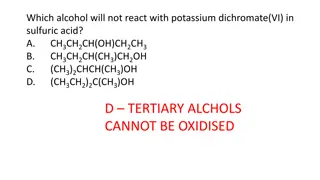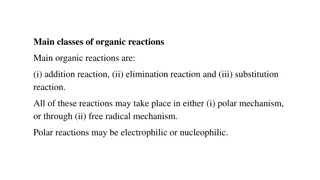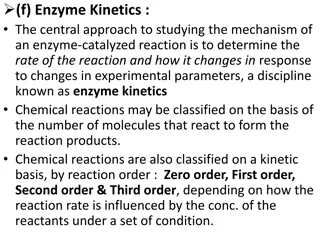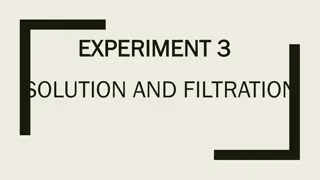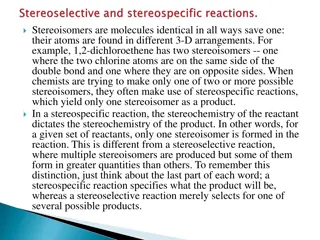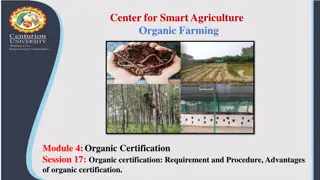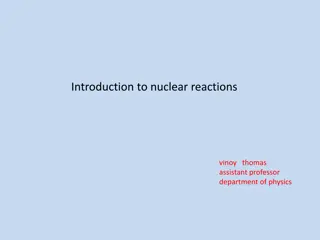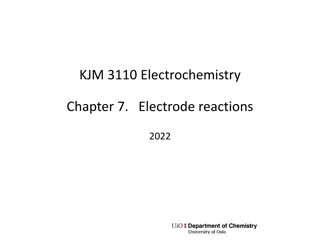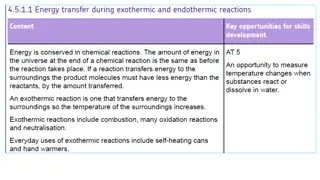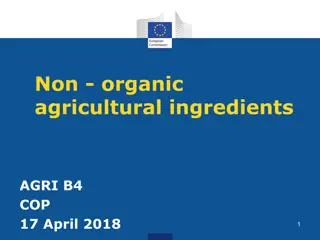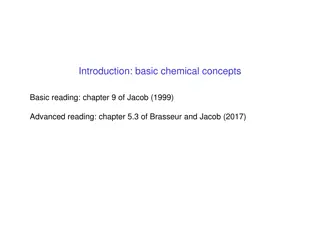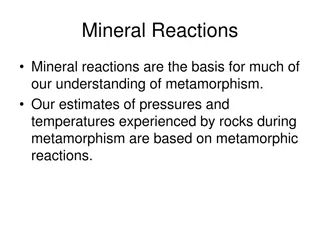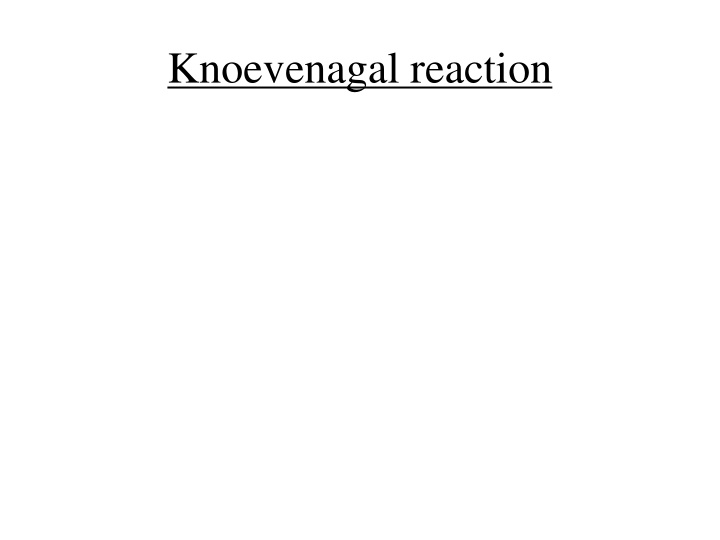
Organic Reactions Visual Guide
Explore a visual guide showcasing the Knoevenagel reaction, Mannich reaction, Witting's reaction, and their mechanisms step by step. Understand the condensation of methanol, formation of iminium ion, ylides attack, and more in organic chemistry reactions.
Download Presentation

Please find below an Image/Link to download the presentation.
The content on the website is provided AS IS for your information and personal use only. It may not be sold, licensed, or shared on other websites without obtaining consent from the author. If you encounter any issues during the download, it is possible that the publisher has removed the file from their server.
You are allowed to download the files provided on this website for personal or commercial use, subject to the condition that they are used lawfully. All files are the property of their respective owners.
The content on the website is provided AS IS for your information and personal use only. It may not be sold, licensed, or shared on other websites without obtaining consent from the author.
E N D
Presentation Transcript
Step 1-2 as explained in other reactions
Step 3: protonation: - alkoxide accepts a proton to form hydroxyl compound.
Reaction involves condensation of methanol which amine p an active methylene compound to form a Mannich base.
Reaction occurs between an aldehyde/ketone and phosphorous ylides to form substituted alkenes.
Phosphorous ylide is prepared by reacting a base with an alkyl triphenyl phosphonium halide as shown below
Structure B acts as the carbanion and initiates the nucleophilic attack on the carbonyl carbon to form betaine
Step 2: elimination of triphenyl phosphate oxide to yield an alkenes
In elimination reactions, atoms or groups are removed from a reactant.
removed from a carbon and a hydrogen is removed from an adjacent carbon, a double bond is formed below the 2 carbons from which the atoms are removed e.g.
Substitution reaction
CH3CH=CH2+ HY + X-(elimination reaction)
reaction proceeds through an intermediate of secondary carbocation which rearranges to the more stable tertiary carbocation. Base removes proton from - carbon.
Primary, secondary and tertiary alkyl halides undergo E2 reactions. It is a one step mechanism involving bond breaking and bond formation.
Organic chemistry Brief course by Robert Atkins and Francis. A. Carey
Organic reaction mechanism, conversions and problems by R.L Madan
Because the bowling ball is raised to a greater height above the ground, its potential energy increases.
lifted a distance of 1.6 m. To calculate the work performed to raise the ball, we use both Equation 5.3 and for the force that is due to gravity:
(5.4 kg)(9.8m/s2)(1.6m)=85 kg- m2/s2=85j
When the ball is dropped, its potential is converted to kinetic energy. At the instant just before
the ball hits the ground, we assume that the kinetic energy is equal to the work done in part(b), 85j:
H = -393.5kJ (i)



